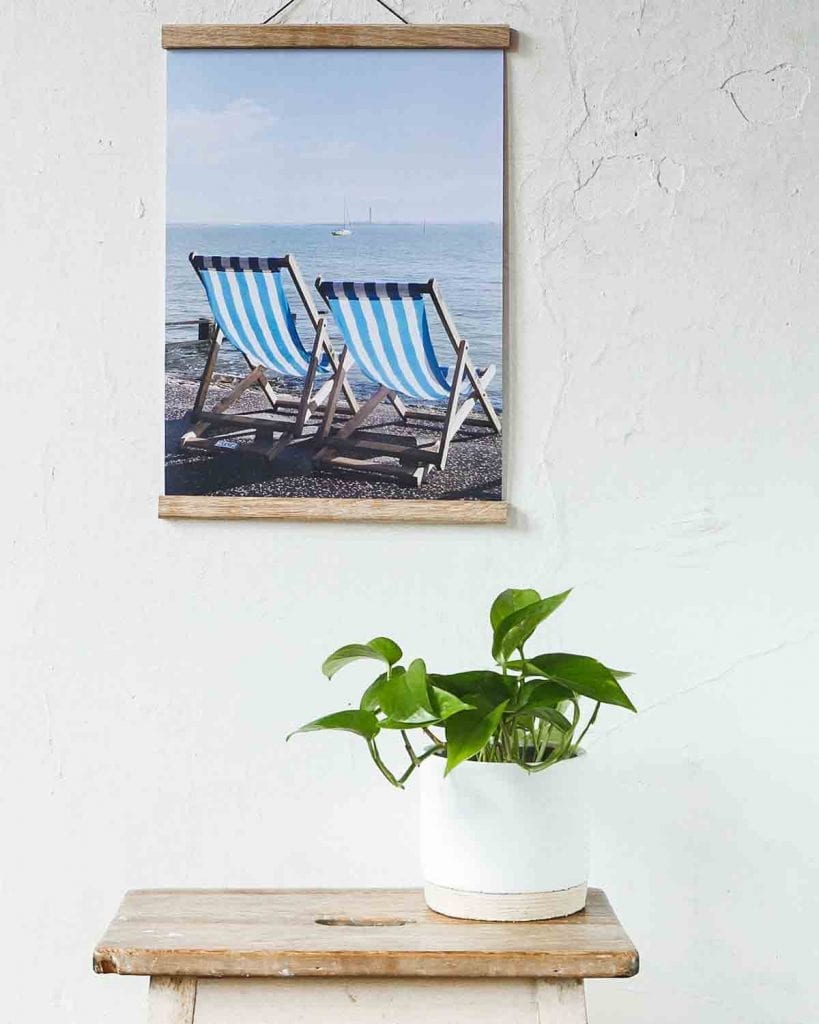It looks like the global travel industry will soon be back in business, let’s put sustainable travel at the top of our ‘to-do’ list. It’s great news that we can travel again for a lot of reasons. It is, however, also an opportunity to think about the environmental impact of travel and how we can reduce it. With that in mind, here are three tips for more sustainable travel.

Sustainable Travel Basics
Enjoy short breaks near to home
The rise of budget airlines made it possible for people to jet off on short breaks even to relatively long-haul destinations. It’s unclear if this is going to be possible again but if it is then it’s still best avoided. In environmental terms, it’s a lot of carbon pain for little gain.
For example, you might have a whole long list of things to do in Myrtle Beach. If, however, you’re only there for a short break, then, realistically you’re not going to be able to do very many of them. That’s even without accounting for jet lag or the general stress of air travel.
Research your accommodation carefully
As a rule of thumb, the most sustainable forms of accommodation are in other people’s homes, tents and caravans, B&Bs and environmentally-friendly hotels. In general, holiday rentals in rural areas are usually an overall benefit to the local economy. Holiday rentals in more populated areas, by contrast, may lead to serious housing shortages (so it’s certainly a balancing act)
Over the long term, many local authorities are clamping down on properties being used for holiday rentals due to issues they are causing within the communities. This has already started to happen in some areas, particularly cities like Barcelona.
Hosted properties, B&Bs and environmentally-friendly hotels, by contrast, are often very sustainable options. The good news is that the internet has made it a lot easier to research a hotel’s environmental credentials. Many sustainable hotels now have information on their website explaining what they do, plus you can usually find independent reviews.
Shop local as much as you can
Remember that the principle of shopping local still applies when you travel. Since it’s easy to get confused when you’re away from home. The key point to remember is that imported goods are often sold abroad just like they are here. Sadly, this also applies to goods marketed explicitly as souvenirs for tourists, so be sure to check where things are made.
Always check and see if you can find a label with the actual country of manufacture. If you can’t and it’s a fairly standard item, like a t-shirt or a mug, then it’s probably a safe bet that it’s imported. Buying crafted items can be a bit trickier since they don’t necessarily have labels. Ideally, buy them directly from the producer or from a specialist retailer.




